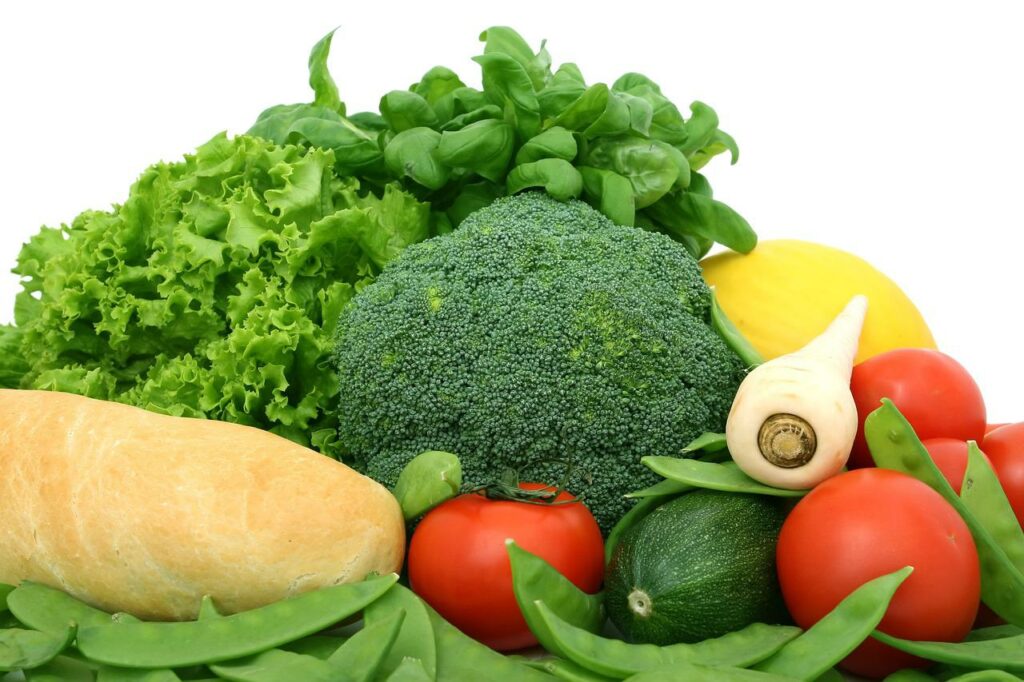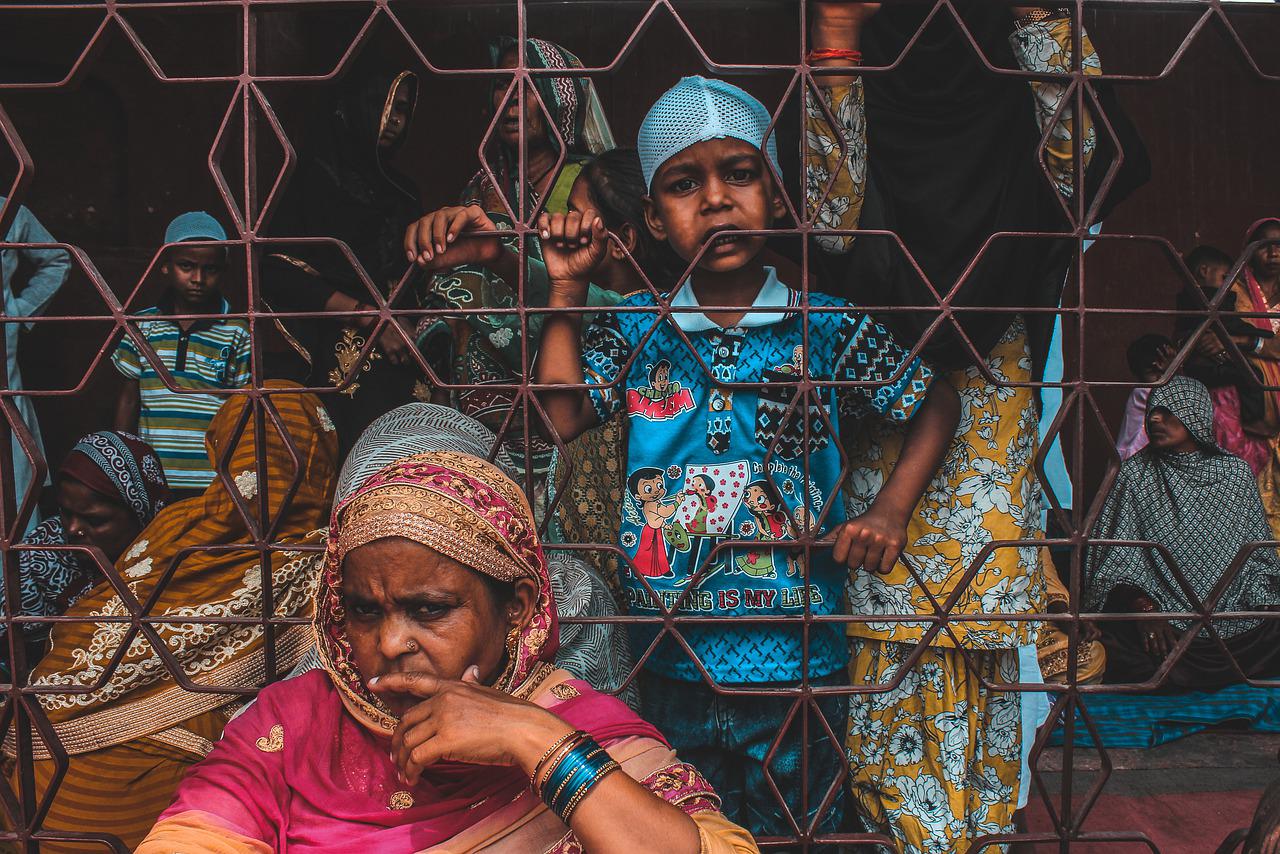- Nearly 70% of the Indian population can’t afford a healthy diet, and nearly 1.7 million, unfortunately, die each year due to various diseases caused mainly due to poor diet
- Based on a report by the Food and Agriculture Organisation, a healthy diet is regarded as unaffordable when its cost exceeds 63 percent of an individual’s earnings.
- In India, adults aged 20 and above have only 35.8g of fruit per day against the recommended 200g per day and just 168.7g of vegetables per day as against the minimum 300g per day.
70% of Indians in India can’t afford a healthy diet, and 1.7 million die every year due to diseases caused due to poor diet, based on a report by the Centre for Science and Environment (CSE) and Down to Earth magazine.
According to a PTI report, deaths happen due to diseases attributable to dietary risk factors, including respiratory ailments, diabetes, cancer, strokes, and coronary heart disease, the report ‘State of India’s Environment 2022: In Figures’ said.
According to the Food and Agriculture Organisation, a healthy diet is regarded as unaffordable when its purchase price surpasses 63 percent of an individual’s income. The report refers to diets low in fruits, vegetables, and whole grains and diets high in processed meat, red meat, and sugary drinks.
“Seventy-one percent of Indians cannot afford a healthy diet. The global average is 42 percent, “it said, citing the Global Nutrition Report, 2021.
What is considered a healthy diet?

Contrary to measures of a healthy diet, the diet of an average Indian lacks fruits, vegetables, legumes, nuts, and whole grains in adequate quantity. It said that the consumption of fish, dairy, and red meat is within target.
In India, adults aged 20 and above have only 35.8g of fruit per day against the recommended 200g per day and just 168.7g of vegetables per day as against the minimum 300g per day.
This population only consumes 24.9g of legumes per day (25 percent of their daily target) and 3.2g of nuts per day (13 percent of their daily target).
A 2017 survey shows that 73 percent of Indians are deficient in protein while above 90 percent are unaware of the daily requirement of protein. A recent survey across 16 cities in India on perception, knowledge, and consumption of protein found a gap in the knowledge of quality protein in daily diets.
Nearly 95% of Indian mothers know of protein as a macro-nutrient but only 3% really understand its important functions and why one should consume it
“Despite some progress, diets are not getting healthier. Additionally, they are making increasing demands on the environment even as unacceptable levels of malnutrition persist in the country, “the report said.
The report adds, “The high human, environmental, and economic costs of continuing on our current trajectory are so significant that we will pay a far higher price if we fail to act. The global food system falls far short of achieving global goals for both health and the environment.”
Rising Food Prices

The report has also made a commentary and analysis of food prices.
According to the report, consumer food price index (CFPI) inflation has risen 327 percent in the last year, while the consumer price index (CPI), which includes CFPI, has risen 84 percent.
“Food seems to be the biggest mover of CPI inflation.” The current high levels of food inflation have been driven by the rising cost of production, surging international crop prices, and extreme weather-related disruptions.
“Our analysis of data shows that food prices have increased at a higher rate in rural areas than in urban areas in March-April 2022,” said Richard Mahapatra, managing editor, Down To Earth.



